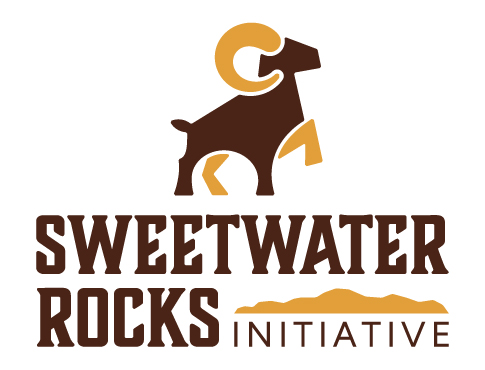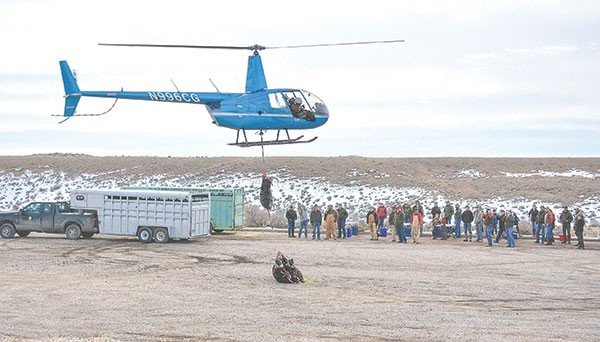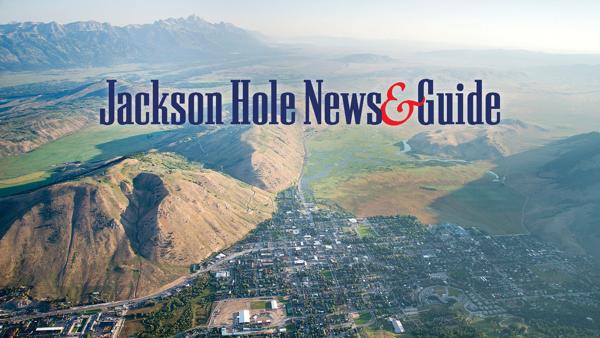BigHornRam
Well-known member
I would like to see Wyoming make this happen.

 www.wyomingwildsheep.org
www.wyomingwildsheep.org

Sweetwater Rocks Initiative - Return to the Rocks Sweetwater Rocks Initiative
Visit our page to learn about the Sweetwater Rocks Initiative which aims to Restore Sheep to the Rocks of Wyoming %
 www.wyomingwildsheep.org
www.wyomingwildsheep.org







